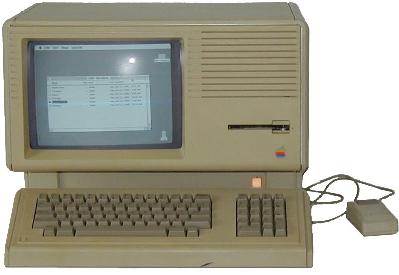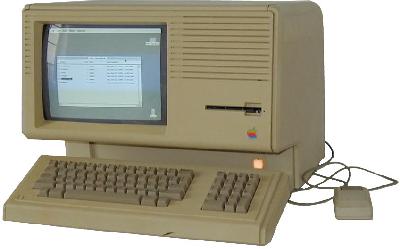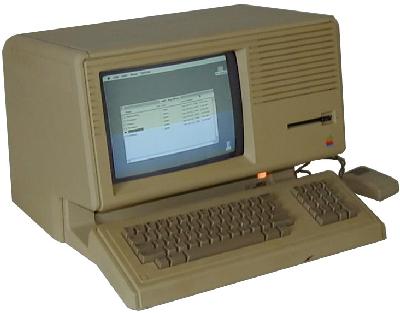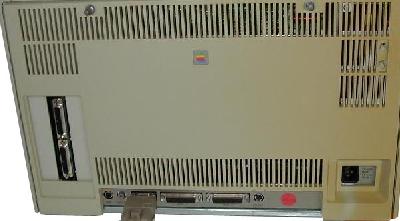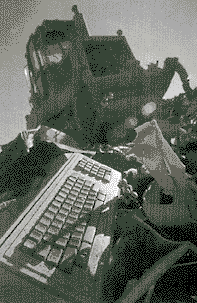
Officially, Apple states that Lisa stood for "Local Integrated
Software Architecture" Unofficially, Lisa has been associated
with the name of a daughter born to Steve Jobs and Nancy Rogers in May
1978.
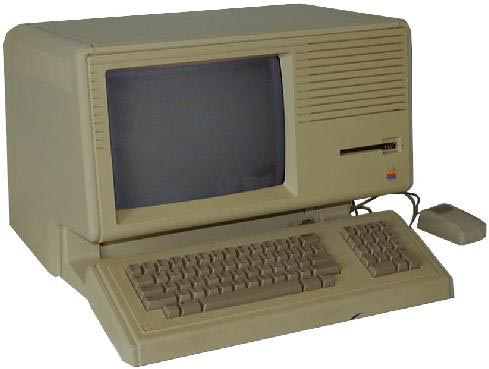
In late 1978 several new computer project were started at Apple. The
first, an enhanced version of the Apple II with
custom chips, was code-named Annie. Woz worked with another engineer on
it but didn't complete the project. Executive also discussed having Woz
design a supercomputer utilizing bit-sliced architecture, which would spread
the capabilities of the microprocessor over several identical chips. An
engineering staff was put together for this computer, code named LISA .
The Lisa project started slowly and passed through many incarnations
over several years. Eventually a former Hewlett-Packard engineer (John
Couch) hired by Tom Whitney took over as it's project director.
In the spring of 1979 After some stock deals with Xerox, Steve
Jobs was allowed to tour Xerox's California think tank, the Palo Alto Research
Center (PARC). Jobs, who had often given employee Jef Raskin's
ideas about graphical user interfaces little merit, was encouraged to see
the new technologies Xerox was working on. While at PARC, Jobs saw three
notable innovations:

